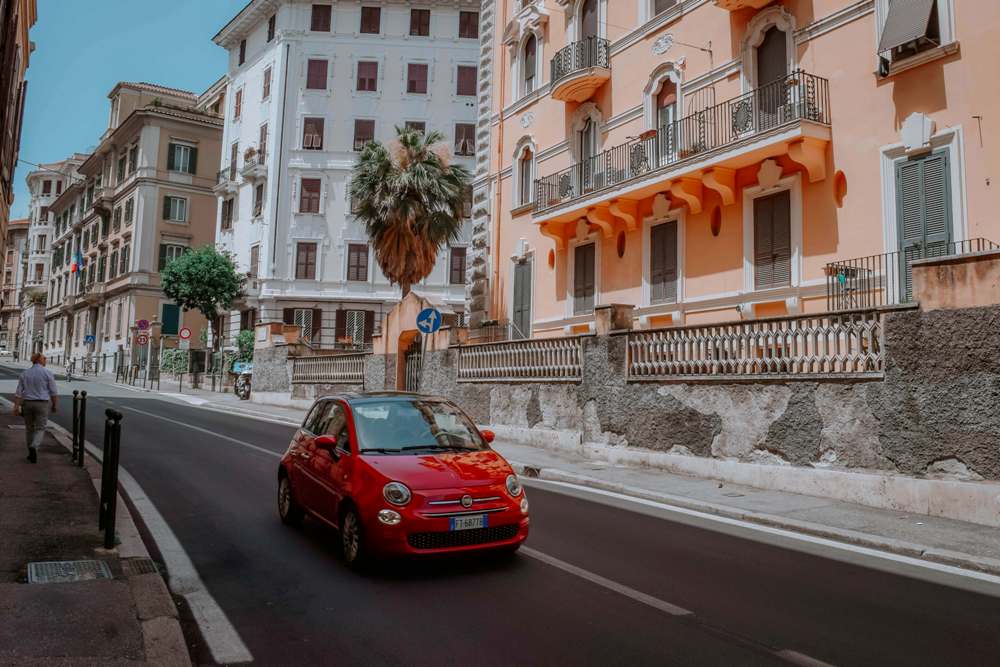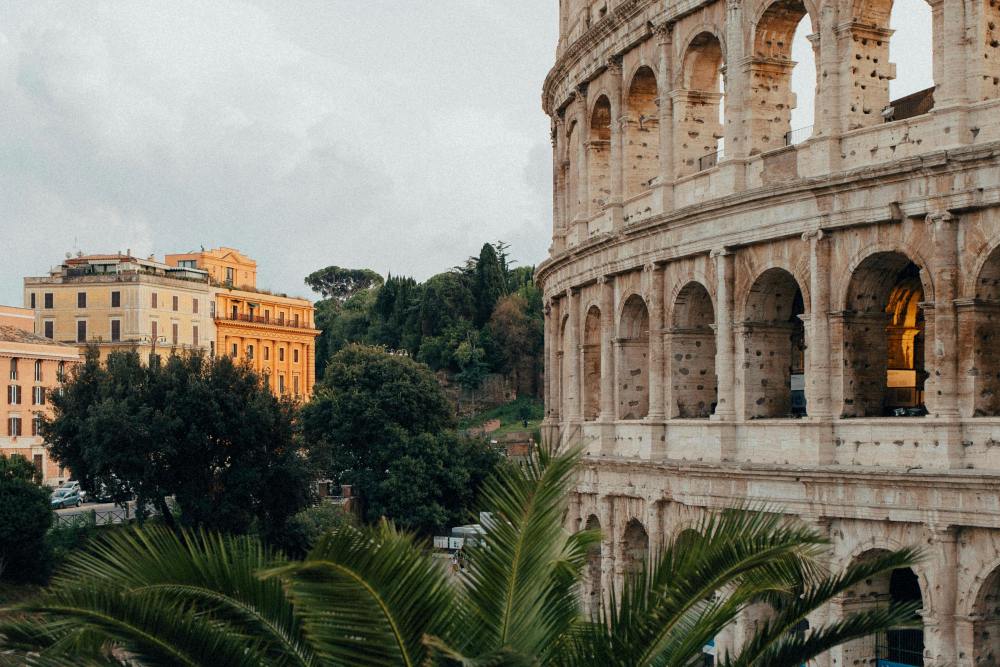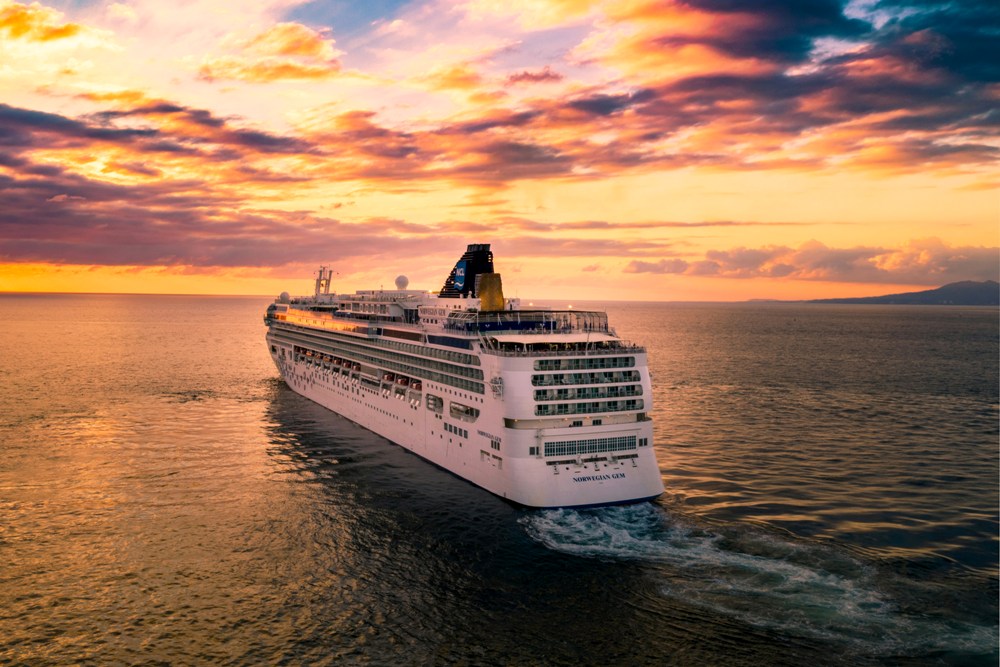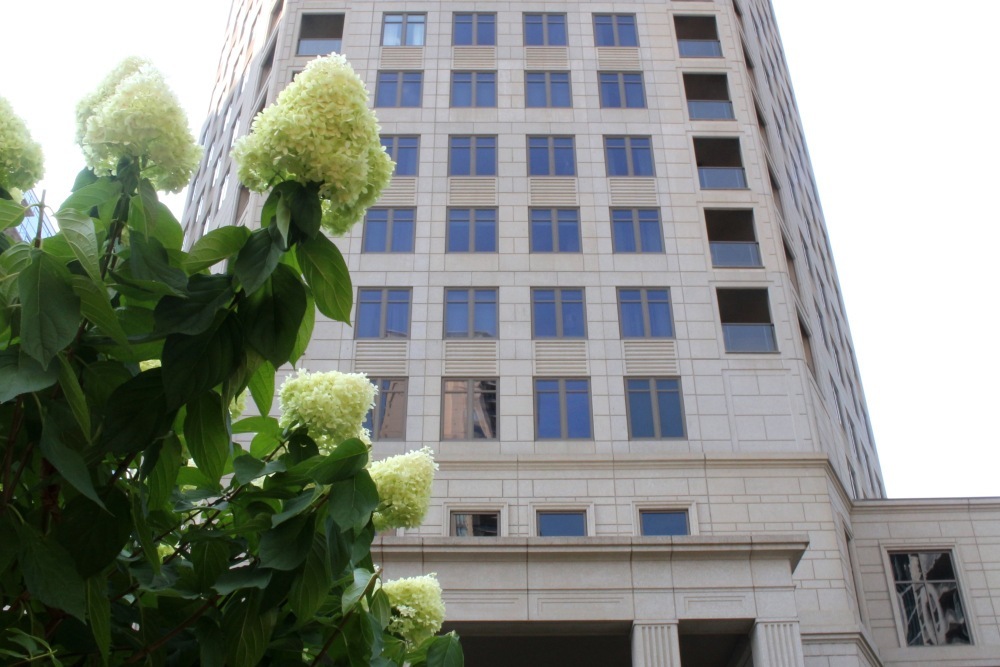
Rome, the eternal city, is a treasure trove of history, culture, and stunning landmarks. Navigating this city, with its winding streets and ancient sites, is made convenient by a variety of transportation options. From the iconic Vespa rides to the efficient metro system, Rome offers visitors a diverse range of ways to explore its timeless beauty.
Efficient Metro System: Navigating the City's Core
Rome's metro system, although not as extensive as some other major cities, efficiently connects key areas of the city. With lines A and B covering popular destinations like the Vatican City and the Colosseum, the metro is a convenient option for visitors looking to navigate the city's core. Clean and reliable, the metro provides a quick means of transportation between Rome's iconic landmarks.
Iconic Vespa Rides: Embracing the Roman Lifestyle
No visit to Rome is complete without experiencing the thrill of a Vespa ride. The iconic scooters are synonymous with the Roman lifestyle, and renting one allows visitors to weave through the city's streets with the wind in their hair. Vespa rides provide not just transportation but a cultural immersion, allowing travelers to embrace the lively spirit of Rome like a local.
Historic Trams: A Nostalgic Journey
Rome's historic trams, often characterized by their vintage charm, offer a nostalgic journey through the city. Tram Line 8, for example, takes passengers on a scenic route from the bustling Piazza Venezia to the charming neighborhood of Trastevere. Riding a tram in Rome is like stepping back in time, providing a unique and leisurely way to appreciate the city's beauty.
Buses: Extensive Network for Comprehensive Exploration
Rome's extensive bus network makes it possible to reach every corner of the city, including areas not covered by the metro. Buses are a practical mode of transportation, offering flexibility and accessibility. Travelers can hop on a bus to reach specific neighborhoods, archaeological sites, or lesser-known gems tucked away in Rome's charming streets.
Rental Cars: Freedom to Explore Beyond the City Center
For those looking to explore the outskirts of Rome or venture into the picturesque countryside, rental cars provide the freedom to create a personalized itinerary. While driving in the city center may be challenging due to traffic and limited parking, having a rental car is advantageous for day trips to nearby attractions, such as the Roman countryside or ancient ruins.
Biking: Pedaling Through Rome's Green Spaces
Rome's expansive green spaces, such as Villa Borghese Park, make biking an enjoyable and eco-friendly transportation option. Renting bikes allows visitors to pedal through the city's parks, along the Tiber River, and explore charming neighborhoods at a relaxed pace. Biking offers a different perspective of Rome, allowing travelers to soak in the natural beauty amidst the historical grandeur.
Walking: Immersive Exploration on Foot
Perhaps the most immersive way to explore Rome is on foot. Walking through the city's cobblestone streets provides an up-close encounter with its history and architecture. Many of Rome's attractions are clustered together, allowing visitors to stroll from the Pantheon to the Roman Forum, absorbing the atmosphere and discovering hidden gems along the way.
Ferries: Crossing the Tiber for Riverside Adventures
The Tiber River flowing through Rome adds a unique dimension to transportation. Ferries and boat services allow travelers to cross the Tiber and explore riverside areas like Trastevere. Ferries not only provide a practical means of transportation but also offer a scenic journey along the river, showcasing Rome from a different angle.





















































